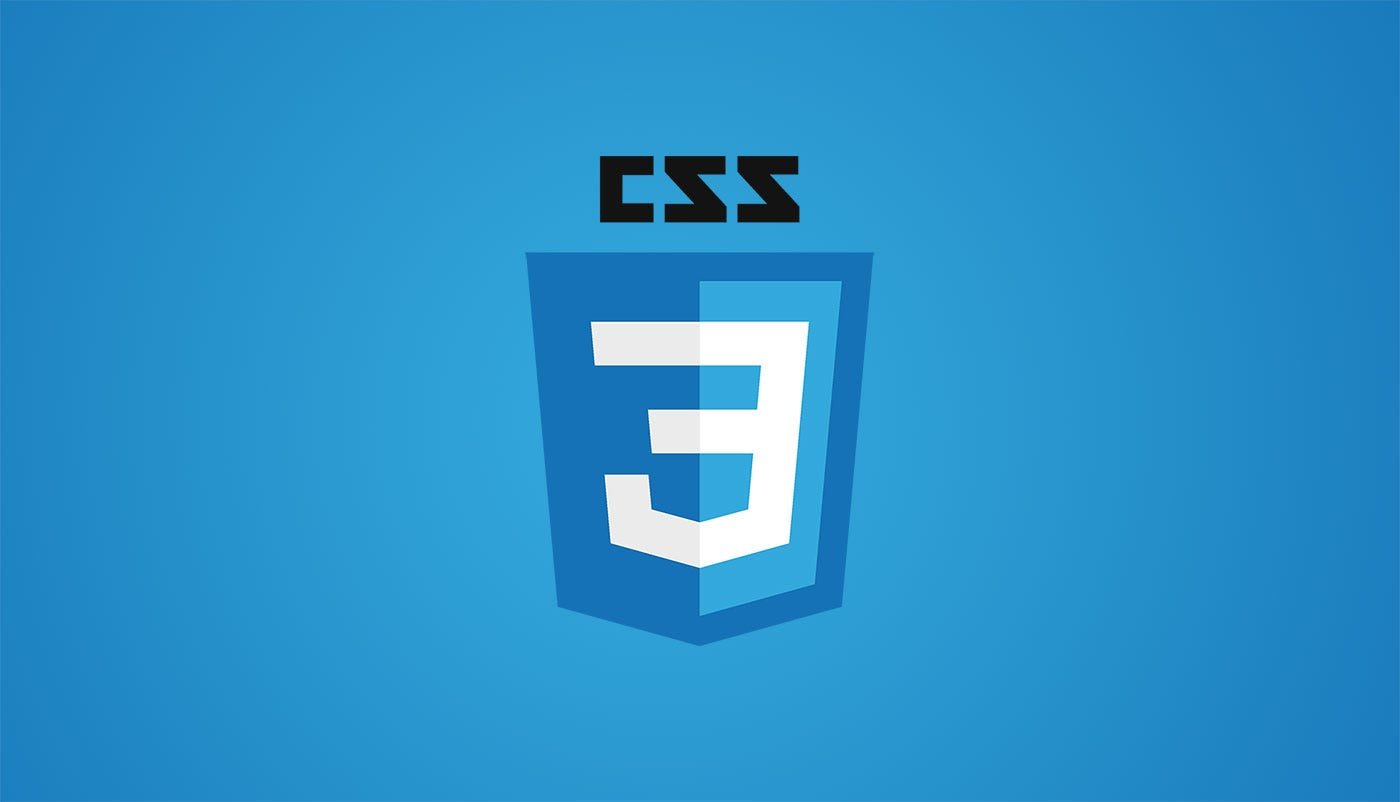Mastering JavaScript for Web Development Success!
What is JavaScript?
JavaScript, often abbreviated as JS, is a high-level, interpreted programming language primarily used for front-end web development. It is a core technology of the web, along with HTML (Hypertext Markup Language) and CSS (Cascading Style Sheets). Unlike HTML and CSS, which are used for structuring and styling web content, JavaScript adds interactivity and functionality to web pages.
Key Features of JavaScript
- Versatility: JavaScript is not limited to web development; it can be used for server-side scripting, mobile app development, game development, and more. It is a multi-paradigm language, supporting both object-oriented and functional programming styles.
- Interactivity: JavaScript allows you to create interactive web applications by responding to user actions. You can capture user input, manipulate the DOM (Document Object Model), and update content dynamically.
- Asynchronous Programming: JavaScript supports asynchronous operations, making it possible to load data and perform tasks in the background without blocking the user interface. This is crucial for creating responsive web applications.
- Cross-Browser Compatibility: JavaScript is supported by all major web browsers, making it a reliable choice for web development. Modern JavaScript uses feature detection and polyfills to ensure compatibility with older browsers.
- Rich Ecosystem: JavaScript has a vast ecosystem of libraries and frameworks, such as React, Angular, and Vue.js, that simplify complex tasks and accelerate development.
Using JavaScript in Web Development
Here are some common use cases for JavaScript in web development:
- DOM Manipulation: JavaScript is used to interact with the Document Object Model (DOM), allowing you to add, remove, or modify elements on a web page dynamically. For example, you can create interactive forms, expandable menus, and image sliders.
- Event Handling: JavaScript enables you to capture and respond to user interactions, such as clicks, mouse movements, and keyboard inputs. This is essential for creating responsive and interactive user interfaces.
- Data Retrieval: You can use JavaScript to fetch data from external sources (e.g., APIs) and update web content without requiring a full page reload. This is commonly used in single-page applications (SPAs).
- Form Validation: JavaScript can validate user input in forms to ensure that it meets specific criteria before submission. This helps prevent incorrect or malicious data from being processed.
- Animations and Effects: JavaScript can create animations, transitions, and visual effects that enhance the user experience. Libraries like jQuery and CSS frameworks like Bootstrap use JavaScript to provide interactive components.
Basic JavaScript Example
Here’s a simple example of JavaScript code that displays an alert when a button is clicked:
<html>
<head>
<title>JavaScript Example</title>
</head>
<body>
<button id="myButton">Click Me</button>
<script>
// Select the button element
var button = document.getElementById("myButton");
// Add a click event listener
button.addEventListener("click", function() {
alert("Button clicked!");
});
</script>
</body>
</html>
In this example, JavaScript is used to select the button element, attach a click event listener, and display an alert when the button is clicked.
Variables and Data Types
JavaScript supports various data types, including:
- Numbers: Represents both integers and floating-point numbers.
var age = 30;
var price = 19.99;
- Strings: Represents text data enclosed in single or double quotes.
var name = "John";
var message = 'Hello, world!';
- Booleans: Represents true or false values.
var isWorking = true;
var isPaused = false;
- Arrays: Ordered collections of values.
var colors = ["red", "green", "blue"];
- Objects: Unordered collections of key-value pairs.
var person = {
name: "Alice",
age: 25
};
Functions
Functions are blocks of reusable code that can be called with specific inputs (arguments) and can return a value. Here’s a simple function:
function greet(name) {
return "Hello, " + name + "!";
}
var message = greet("Alice"); // message will be "Hello, Alice!"
Conditional Statements
JavaScript allows you to make decisions in your code using conditional statements like if, else if, and else.
var age = 18;
if (age >= 18) {
console.log("You are an adult.");
} else {
console.log("You are a minor.");
}
Loops
Loops are used for repetitive tasks. JavaScript supports for and while loops, among others.
for (var i = 0; i < 5; i++) {
console.log("Iteration " + i);
}
Events and Event Handling
JavaScript is often used to respond to user actions, such as clicks and keyboard inputs. You can attach event listeners to HTML elements to trigger functions when events occur.
<button id="myButton">Click Me</button>
<script>
var button = document.getElementById("myButton");
button.addEventListener("click", function() {
alert("Button clicked!");
});
</script>
Libraries and Frameworks
JavaScript has a vast ecosystem of libraries and frameworks that simplify complex tasks and speed up development. Some popular ones include:
- jQuery: A library that simplifies DOM manipulation and event handling.
- React: A JavaScript library for building user interfaces, often used for single-page applications.
- Angular: A framework for building web applications with a focus on modularity and scalability.
- Vue.js: A progressive JavaScript framework for building user interfaces.
Asynchronous Programming
JavaScript is single-threaded, meaning it executes one task at a time. However, it can perform asynchronous operations, such as making HTTP requests or handling user input, without blocking the main thread. This is achieved through callbacks, Promises, and the async/await syntax.
fetch("https://api.example.com/data")
.then(response => response.json())
.then(data => {
console.log(data);
})
.catch(error => {
console.error("Error:", error);
});
Conclusion
JavaScript is a powerful and versatile programming language that plays a pivotal role in web development. With its ability to create dynamic, interactive, and responsive web applications, JavaScript remains a fundamental technology for both front-end and back-end development. Whether you’re a beginner or an experienced developer, mastering JavaScript opens the door to a wide range of web development possibilities.






